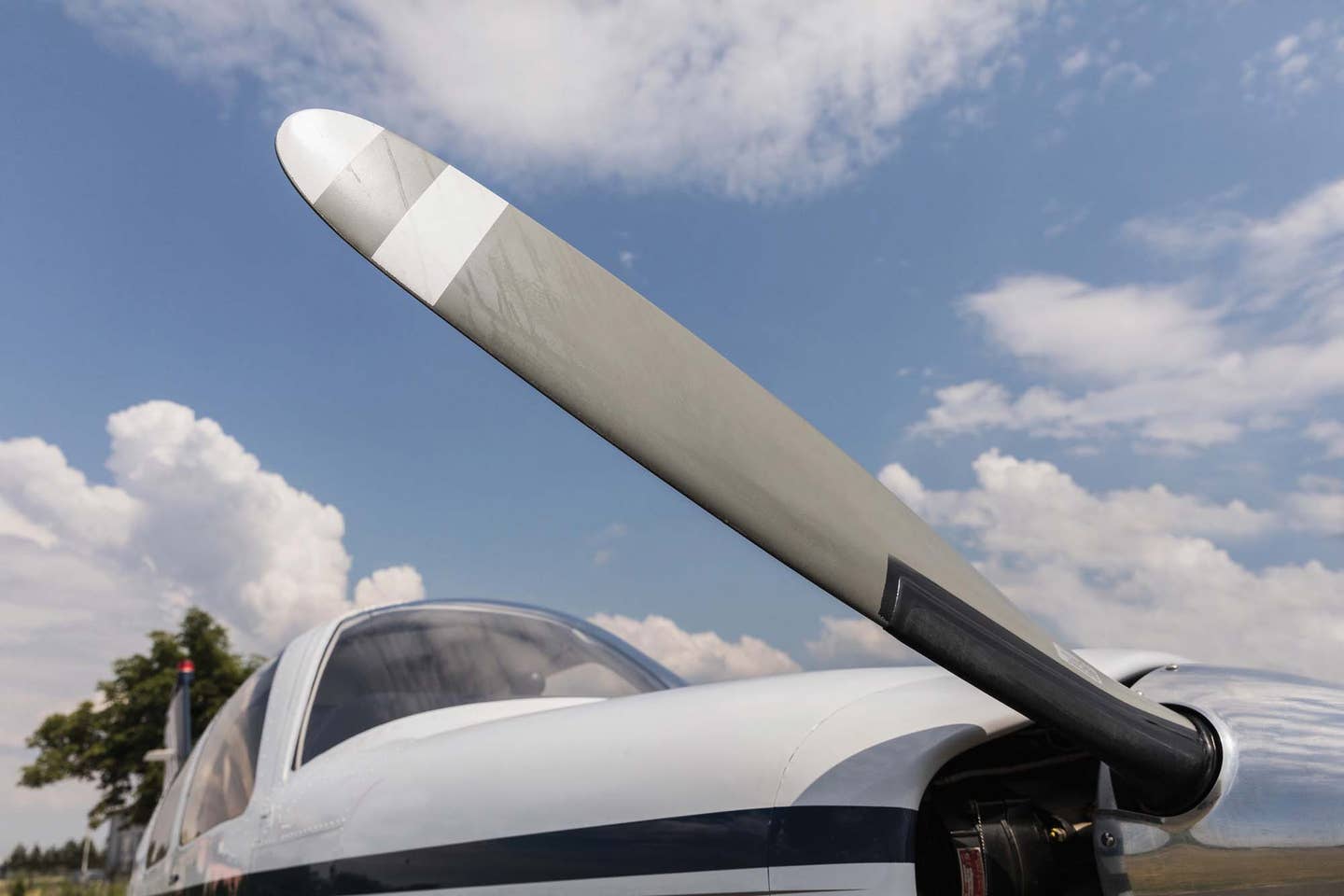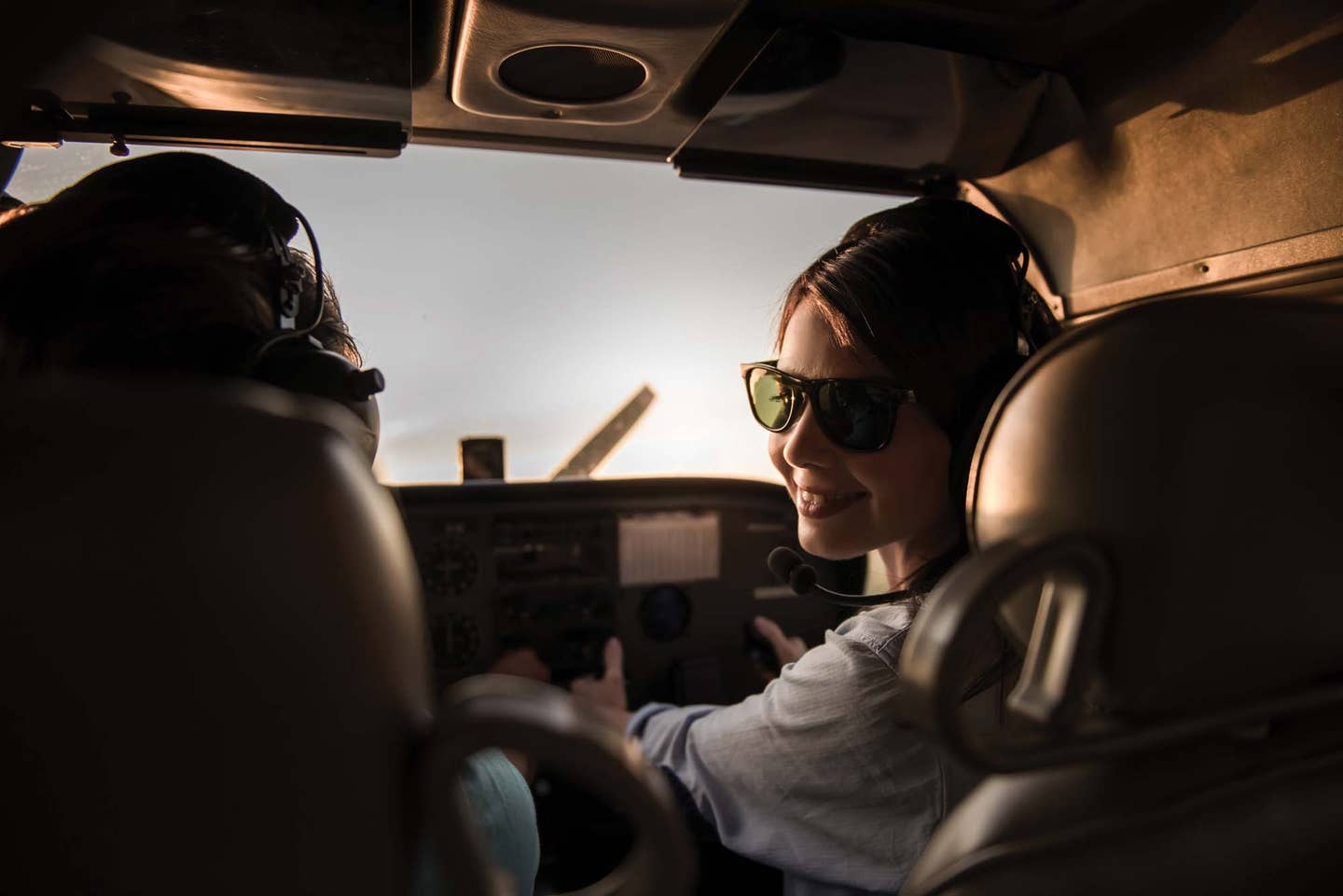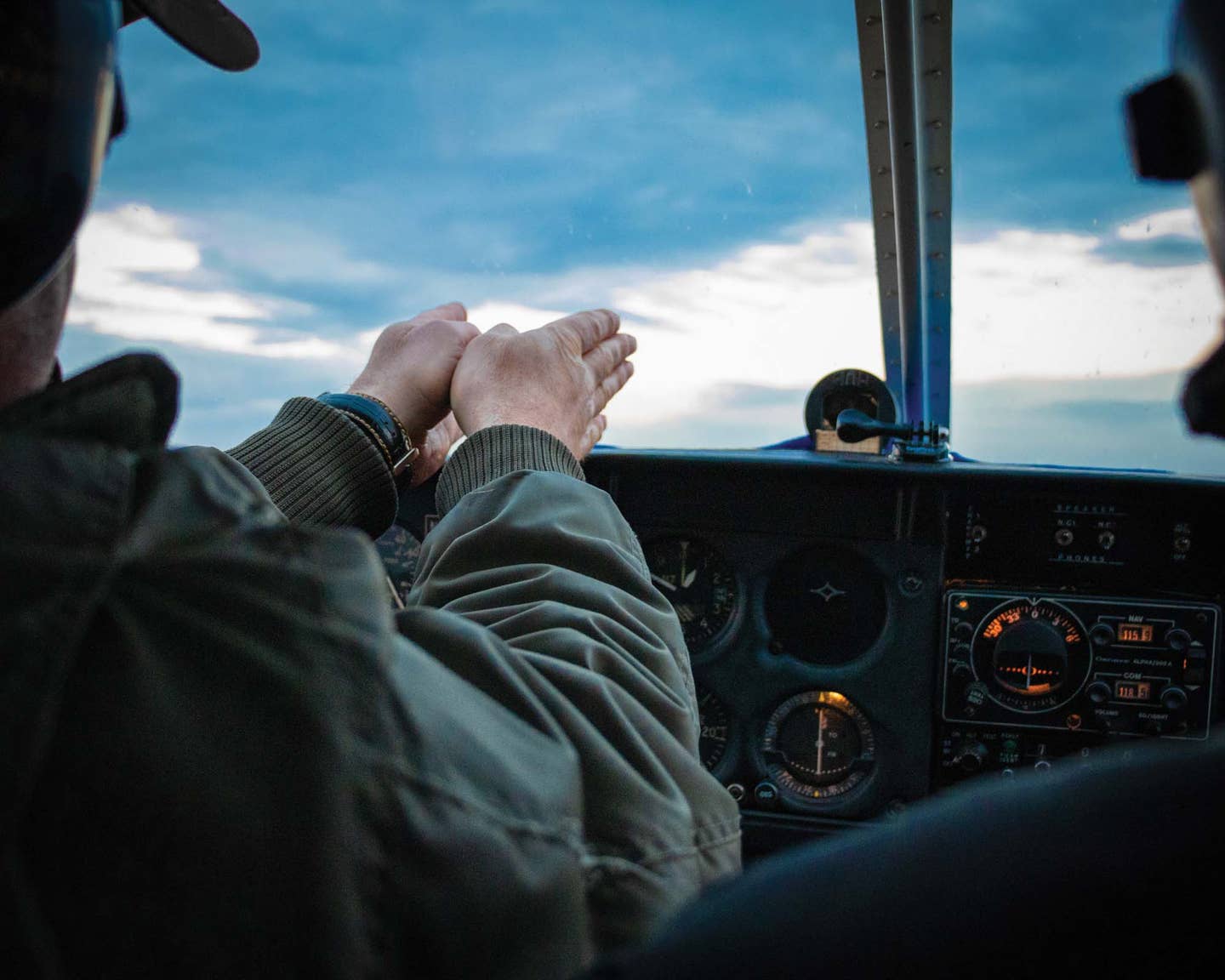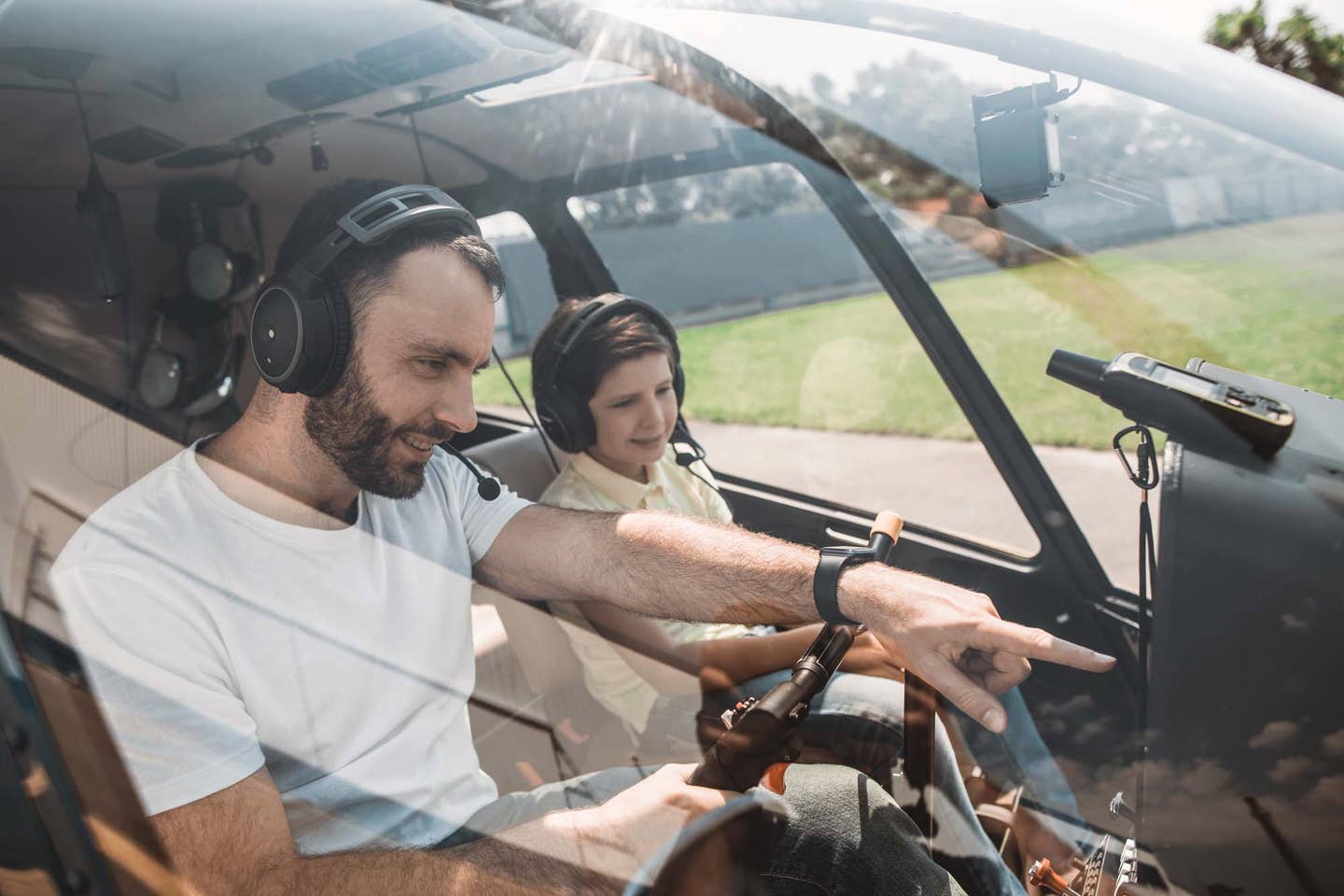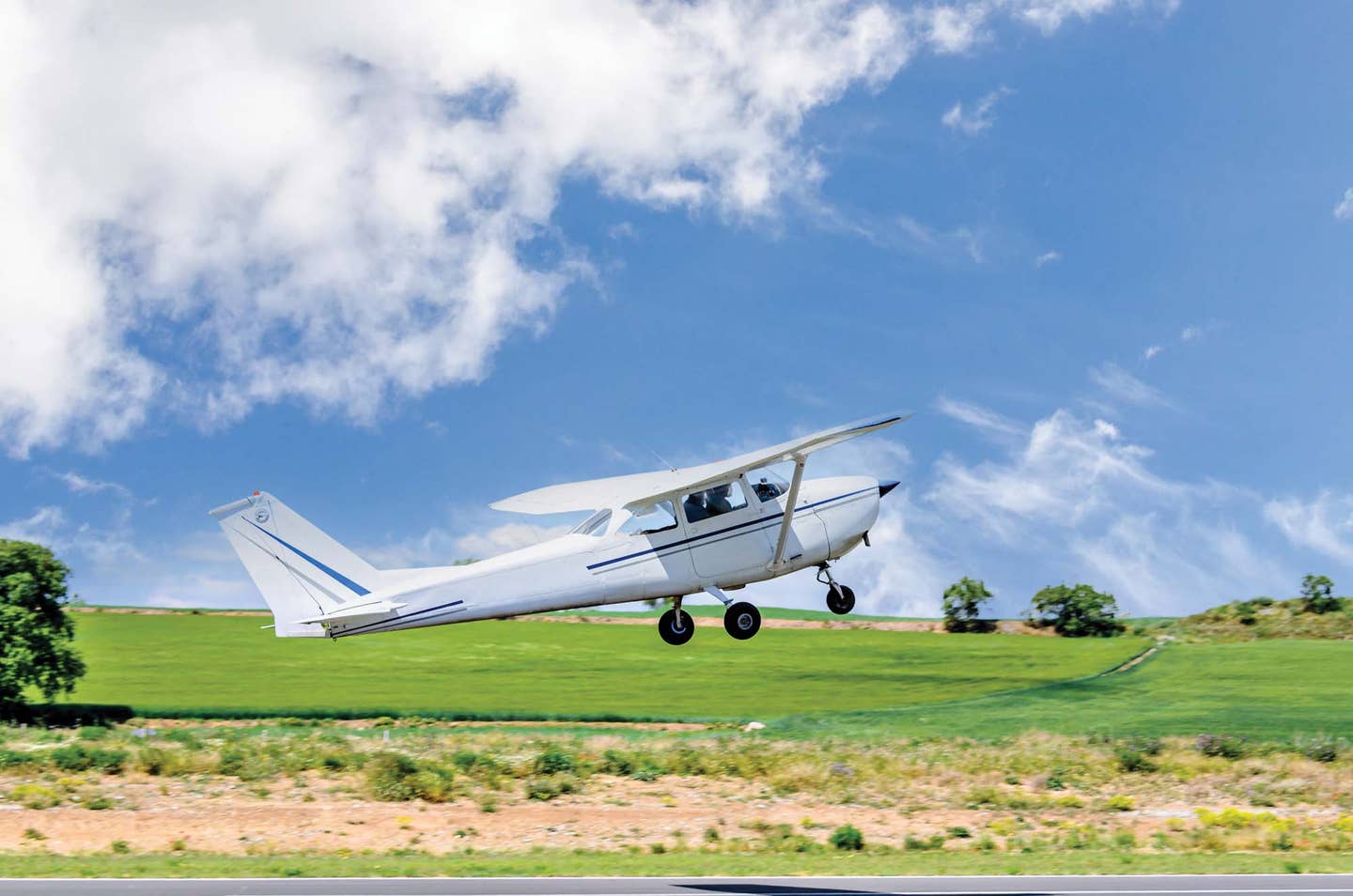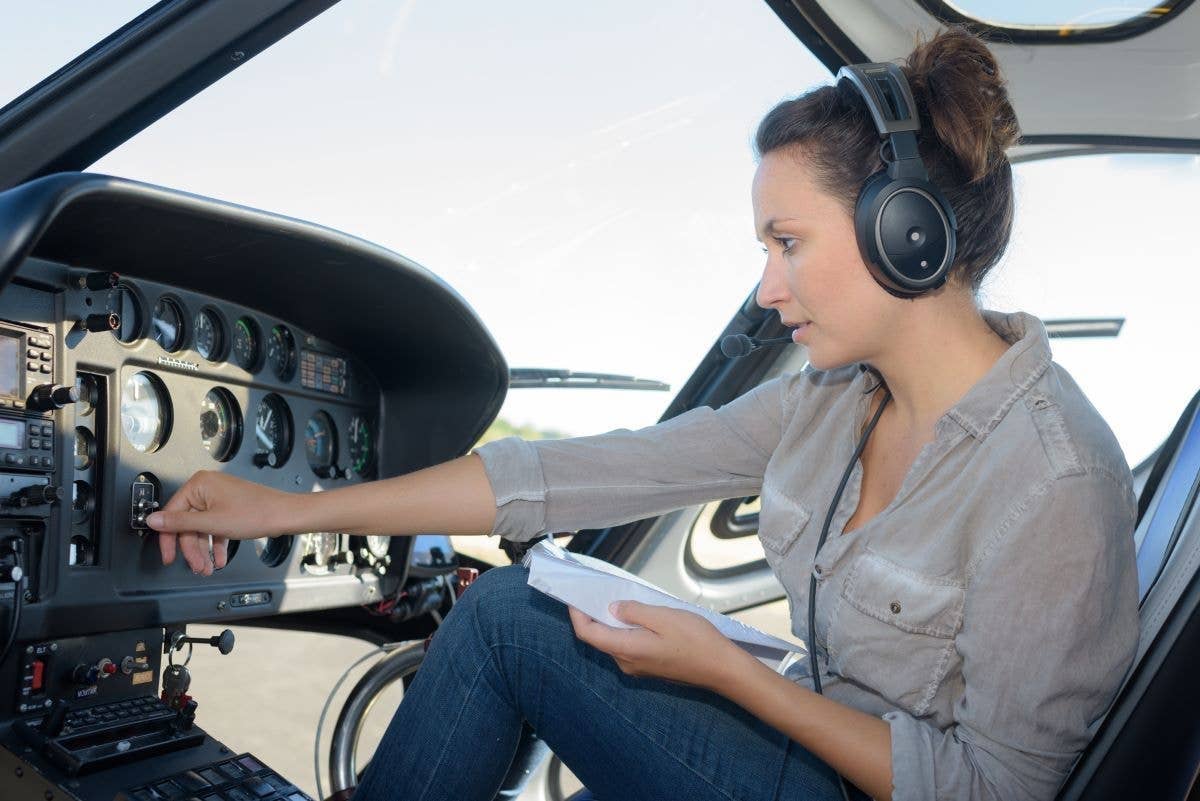Making the Most of Your Flight Review
Add a little realism with a Line-Oriented Flight Training (LOFT)-based flight review.
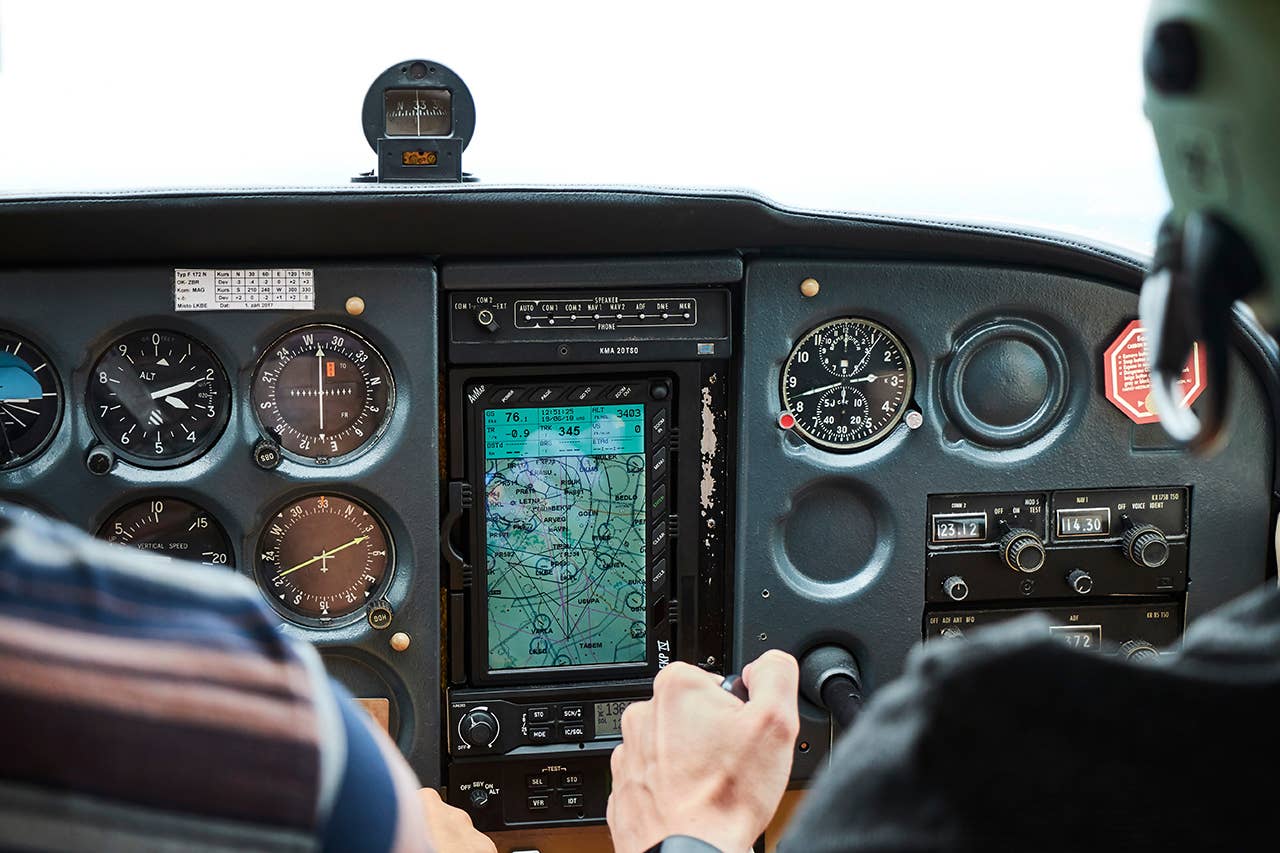
The 1970s were a time of introspection and creativity in the ways in which pilots were trained. In the airline world, this period saw the birth of Cockpit Resource Management (CRM) and the creation of Line-Oriented Flight Training (LOFT).
Rather than solely focusing pilot training on a series of normal and emergency maneuvers, the LOFT scenarios, flown with the full crew, are based on actual en route legs. In a LOFT scenario, crews are faced with in-flight situations that they might encounter in the real world. These situations are not pre-briefed, and the evaluation of the crewmembers looks not only at performance but also at leadership, communication and crew management.
During the same decade, the FAA established the biennial flight review. The BFR, as it was known, was designed to help general aviation pilots remain proficient and up to date with the latest changes. Today, the flight review (the term "biennial" was dropped several years ago, though it is often called that still) remains a non-jeopardy review of a pilot's knowledge and proficiency. However, it is too easy for a flight review to end up being a collection of basic maneuvers and simple questions. Since both LOFT and the flight review have value, non-commercial flyers might want to consider combining the two during their next flight review to create a more realistic and worthwhile experience.
For starters, the requirements for the flight review are deceptively simple. 14 CFR 61.56 lays it out in a couple of sentences: "A flight review consists of a minimum of one hour of flight training and one hour of ground training. The review must include a review of current general operating procedures and flight rules contained in Part 91, and a review of those maneuvers and procedures that, at the discretion of the reviewer, are necessary for the pilot to demonstrate the safe exercise of the privileges of the pilot certificate."
As is its habit, the FAA augments this regulatory guidance with an Advisory Circular, AC 61-98D, and an additional publication for CFIs, titled appropriately "Conducting an Effective Flight Review." These turn out to be excellent guides for a successful review. However, these publications may not completely capture the nature of modern GPS-driven point-to-point navigation in the busy traffic and complex airspace environment we often find ourselves in. Observing a pilot at work in the environment in which they most often operate may provide a truer window into their strengths and weaknesses.
One Size Does Not Fit All!
Now, lest anyone get too excited, this whole darn LOFT idea is simply to train the way you fly. So, if you are a backcountry pilot, then by all means, plan your flight review in your fat tire taildragger and make your landings on that favorite sand bar. If you simply enjoy flying close to the home on warm summer evenings or on those $100 hamburger (maybe $200 by now?) missions, then plan an hour or so of airwork and landings that most replicate your style of flying. You have earned it, and it fits your profile to a tee.
However, if you are a frequent traveler in the National Airspace System, you might consider planning your own LOFT-based flight review. Warning, this will likely take more than two hours, but it will be well worth both the time and expense.
First, consider the types of trips you are taking and decide which abbreviated version of this is your best candidate. Second, find the right CFI for the job, one whom you enjoy flying with, is experienced in your type of flying, and will tell you the truth. After all, what you want is an honest assessment of your daily flying knowledge, skills and talents. Oh, and an important safety tip, don't put off the flight review until the day before you become non-current. Remember, while you cannot technically "fail" a flight review, the CFI is under no obligation to sign it off as complete.
One Hour of Ground Training
Ask your CFI to review your preflight planning, briefing and your postflight assessment of your own performance. Review the required hour of Part 91 procedures, rules and regulations that pertain to your mission profiles, especially those latest changes that creep up on all of us. Your pre-flight conversation should cover expected airspace, specific NOTAMS, weather and possible inflight decisions. Make the most of this valuable think time!
One Hour of Flight Training
Once planned and briefed, a LOFT-centered flight review might include an abbreviated out-and-back to a busy class C or D airport through class B airspace. If you normally fly IFR, then file instruments and practice your procedures under the watchful eye of your CFI mentor. This is not an Instrument Proficiency Check, so no need to fly under the hood, but procedurally fly the way you normally do. Similarly, if VFR is your normal travel mode, the same basic LOFT rules apply. Fly to a local destination as complex as your usual travels and work your way through the airspace, frequencies and traffic patterns. And while you are at it, you might ask your CFI to surprise you with a simulated emergency or malfunction for your consideration. This kind of LOFT-based review is a great opportunity to find out if you have developed any shortcuts, blind spots or bad habits.
Hey, How About that Airwork?
Just because you decide to fly a LOFT-based flight review, there is no need to ignore the basic airwork and landing skills that are the staples of flight reviews. The short out-and-back format allows you to practice the full complement of takeoffs and landings at two different airports. Stalls, steep turns or other emergency/airwork can be accomplished by simply canceling IFR and zipping into your local practice area on the way home. Classic airline LOFT training validates maneuvers and procedures before the actual LOFT scenario. But practically speaking, including a few stalls and steep turns in our flight review mix is no problem.
OK, What About Lunch?
So, let's face it, general aviation flying, breakfast and lunch go together! The biggest problem with airline LOFT training is that it is usually conducted in sterile flight simulators where the airport café is simulated. Well, down here in general aviation land, our world is full of great little airport restaurants. If you decide to make a morning out of your LOFT-based flight review, spending an hour over lunch at the halfway point has a significant benefit. Over the usual bacon cheeseburger, fries and an iced tea, you and your CFI can discuss the first leg and consider any new techniques or adjustments on the second leg home. It also makes the day more enjoyable, and that is the point. A LOFT-based flight review is designed to help you become better at something you love to do. Oh, and you might consider picking up the check!
A homebrewed LOFT-based flight review is simply an extension of the time-tested concept "train the way you fly." Bring together the right day, the right profile and the right CFI, and you might just improve your piloting skills and have a good time while you are at it. You'll be glad you did. Fly safe!
Do you want more pro tips? Check out "Flying in High Terrain" here.
For more tips and advice for flight reviews, check out "Maximizing the Flight Review."

Subscribe to Our Newsletter
Get the latest Plane & Pilot Magazine stories delivered directly to your inbox

